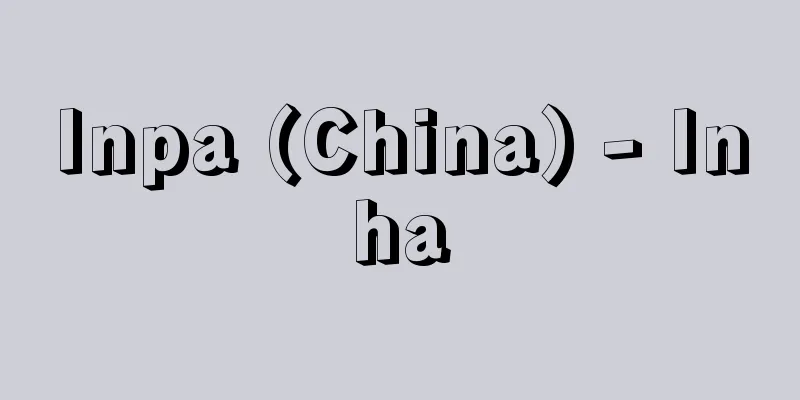Crying woman - Nakionna

|
〘 noun 〙 A woman who ceremonially cries at funerals. There are cases where a close relative or a hired cry is involved, and the latter are called "Issho Naki" (one sho cry) or "Nisho Naki" (two sho cry) depending on the amount of rice given as a token of gratitude. Nakime. *Kabuki, Hokakematsu Narita Toshiken (1823) Taisho: "Well, you're a maid at weddings, and a crying woman at funerals. Either way, you're playing two roles." Source: The Selected Edition of the Japanese Language Dictionary About the Selected Edition of the Japanese Language Dictionary Information |
|
〘名〙 葬式のときに、儀礼的に泣く女性。近親者の場合と雇い泣きとがあり、雇い泣きは、その謝礼の米の量により一升泣き、二升泣きなどの称があった。なきめ。※歌舞伎・法懸松成田利剣(1823)大切「ハテ、貴様は婚礼なれば待女郎、葬礼ならば泣(ナ)き女(ヲンナ)、どちらへ廻っても二役だよ」
出典 精選版 日本国語大辞典精選版 日本国語大辞典について 情報 |
<<: Songs to Remember Lost Children - Songs to Remember Lost Children
>>: Pika (Japanese hare) - Pika (English spelling)
Recommend
Ubaid culture - Ubaid culture
An ancient culture of Mesopotamia. Named after the...
Breastplate - Kyoko
〘 noun 〙 A breastplate of armor. ※From "The W...
Inugami Mochi - Inugami Mochi
...A type of tsukumono found mainly in Shikoku, e...
Shinto Initiation - Shinto Denju
(1) The transmission of Shinto mysteries, rites, d...
Daijima type flora
Plant fossils found in the lower Miocene Tertiary ...
"Kakusai Shukoroku"
…In the second half of the 19th century, bronze l...
Apert, GV - Apert
...The first class of 50 students enrolled in the...
Eroberungstheorie
… [National Conquest Theory] As the historical pr...
Labor-Management Relations Act
…American labor legislation enacted in 1947. Its ...
Kilpinen, Y.
...In the 16th century, Finland began to compose ...
"Angeriarekiko" - Let's hear it
…In 1803 (Kyowa 3), when he was loaned a Dutch tr...
Kamitori - Uwadori
〘 noun 〙 In the Edo period, part of the courtroom ...
Childbirth Memorial Service
A taboo against childbirth, which is considered un...
Shizugawa [town] - Shizugawa
An old town in Motoyoshi County, northeastern Miya...
Rhodophyllus rhodopolium (English spelling) Rhodophyllus rhodopolium
…[Rokuya Imaseki]. . … *Some of the terminology t...






![Aioi [city] - Aioi](/upload/images/67cacea9efc12.webp)


